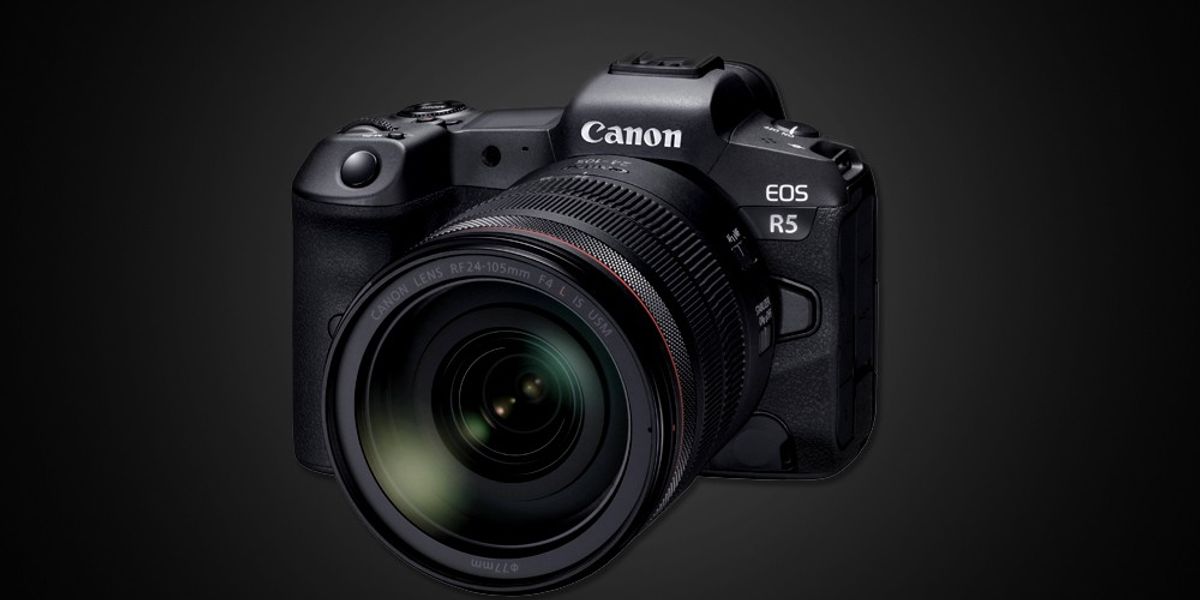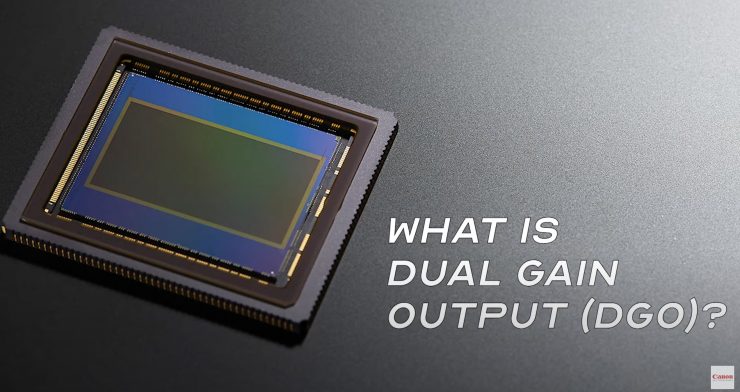At the risk of beating a freshly dead horse, I can see four dials in Fv mode quite readily. One for ISO, one for aperture, one for shutter speed, and one for exposure compensation. Why have an apparently redundant one for exposure compensation, when you can get the same result twiddling one or more of the other three parameters?
It's because in Fv mode there's a tendency to leave at least one of the other three in auto. So, say, you fix the shutter speed, and let the other two be in auto. But you find yourself with a dark exposure at some point, and rather than override an auto setting, you just crank the exposure comp. You can then set it back to zero and your other settings are unchanged, with aperture and ISO still on auto. This works with any combination of manually set/auto (as long as something remains auto). Yes, technically you could do it with fewer dials...for example some cameras when you're in Av a particular dial controls aperture, and a different dial controls exposure comp, when in Tv that first dial now controls shutter speed, and the second dial is EC, when in M, now suddenly the first dial controls shutter speed and the second dial controls aperture, or is it the other way around--the point being the two dials have different meanings depending on what mode you're in. And ISO is controlled yet somewhere different (hopefully not in a menu!!!) Having four dials that ALWAYS have the same meaning does mean one of the dials will be useless at any given time, but at least you don't have to think about "Now which dial is it that controls EC now? Whoops, never mind, I'm in manual mode, none of them do." or "Hmm, which one controls shutter speed? The answer differs between M and Tv."




